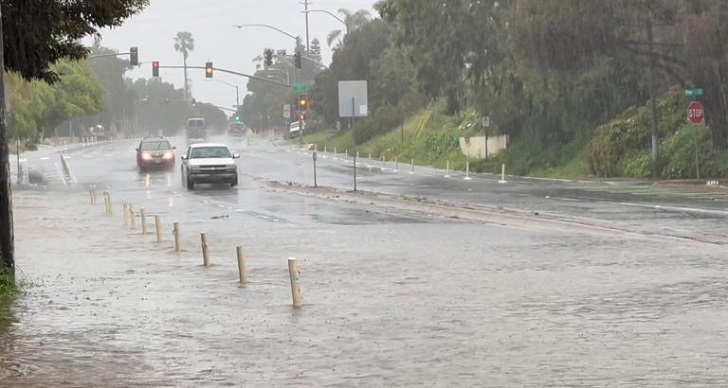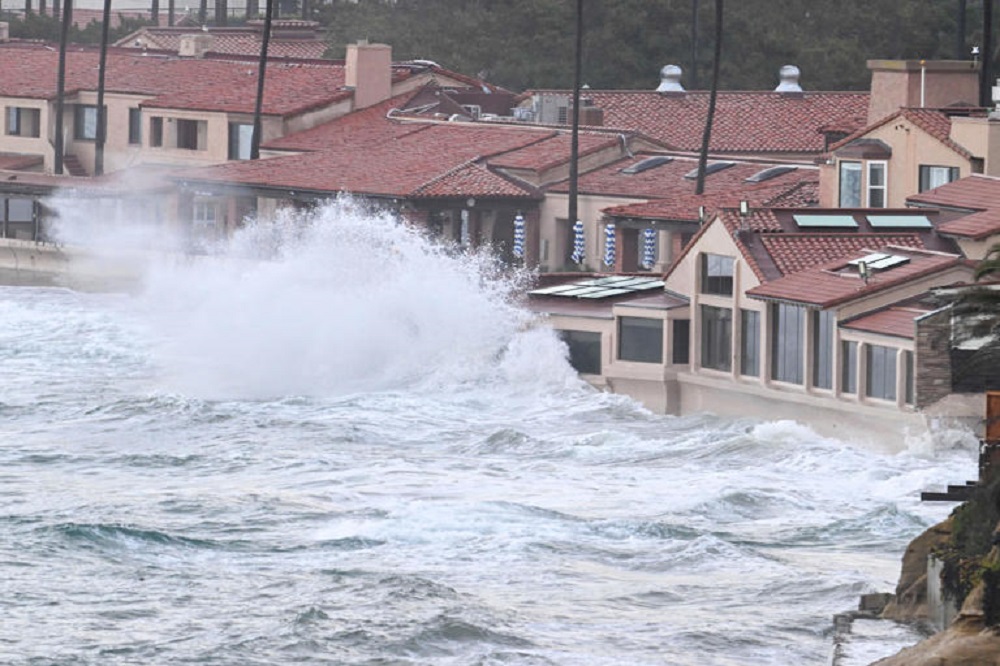Have you ever found yourself wondering how a weekend could turn from sunshine to disaster so quickly? This was exactly the scenario in San Diego when an Easter storm, unprecedented in its intensity, swept through the city. The storm brought with it a deluge that shattered rainfall records and resulted in widespread flooding in San Diego County. From the urban streets of downtown to the quieter neighborhoods, the impact was both immediate and severe, leaving residents grappling with the aftermath of what many are calling a historic weather event.

Amber Coakley | MSN | As San Diego continues to assess and recover from the Easter storm's impacts, the broader implications of such severe weather events are clear.
The Onset of the Storm and Its Immediate Effects
Early on a seemingly typical Saturday morning, San Diego and neighboring areas such as Vista, Chula Vista, Ramona, and Alpine found themselves under a meteorological siege. The National Weather Service reported that these regions broke all previous rainfall records. Streets turned into rivers, rising waters invaded homes, and day-to-day life was disrupted on an unimaginable scale. A flash flood warning was issued, hinting at more rain and potential chaos waiting in the wings.
Flooding in San Diego: A Closer Look at the Damage
Flooding in San Diego was not just about waterlogged streets and soggy homes; it was a cascade of events that affected various aspects of life. In Southcrest, a neighborhood usually bustling with activity, residents like Greg Montoya found themselves in a race against time. Montoya, among others, rushed to clear storm drains clogged with debris to mitigate the flooding. "If you don’t remove the trash, we get flooded," he remarked, recalling the severe floods earlier in the year.

Emily DeLetter | MSN | Flooding in San Diego was not just about waterlogged streets and soggy homes; it was a cascade of events that affected various aspects of life.
In South Park, the roof of an apartment complex could not withstand the torrential downpour, leading to its collapse and the displacement of several residents. The emergency services, including fire crews led by Chief Chris Babler, had to act swiftly to evacuate affected individuals to ensure their safety, highlighting the storm's immediate human impact.
Businesses and Residences Bear the Brunt
The Midway District saw scenes of chaos mixed with acts of heroism as flooding disrupted businesses. Joseph Savala became a local hero when he carried a woman to her car to escape the floodwaters invading the shop she was in. Over in Mission Valley, the surging San Diego River sent water cascading over retaining walls and into an apartment complex parking lot, showcasing the river's powerful response to the heavy rainfall.
Transportation Turmoil
The flooding also brought transportation to a near halt, with several road closures across San Diego County. First Avenue in Bankers Hill saw a partial collapse, a stark reminder of the storm's power to undermine the very infrastructure of the city. Additionally, dangerous conditions on the slick roads led to incidents like a Corvette spinning off Interstate 5, fortunately without injuries.

Hillary Andrew | MSN | The flooding also brought transportation to a near halt, with several road closures across San Diego County.
The Continuing Challenge of Weather Emergencies
As San Diego continues to assess and recover from the Easter storm's impacts, the broader implications of such severe weather events are clear. They challenge the readiness of urban infrastructure, test the resilience of communities, and reshape our understanding of climate patterns. With every record-breaking storm, the lessons are stark, pushing cities like San Diego to rethink strategies for disaster preparedness and response.
The relentless rain and subsequent flooding in San Diego County have left an indelible mark, affecting lives, damaging property, and altering landscapes. The community's response, from emergency services to ordinary citizens, underscores a shared resolve to overcome the challenges posed by nature's unpredictability. As the city moves forward, the focus will undoubtedly shift to rebuilding and preparing for future storms, ensuring that resilience becomes a cornerstone of San Diego's identity.